End the siege, negotiate with Hamas, tolerate unarmed demonstrations. There are many other ways Israel can deal with the reality in Gaza.
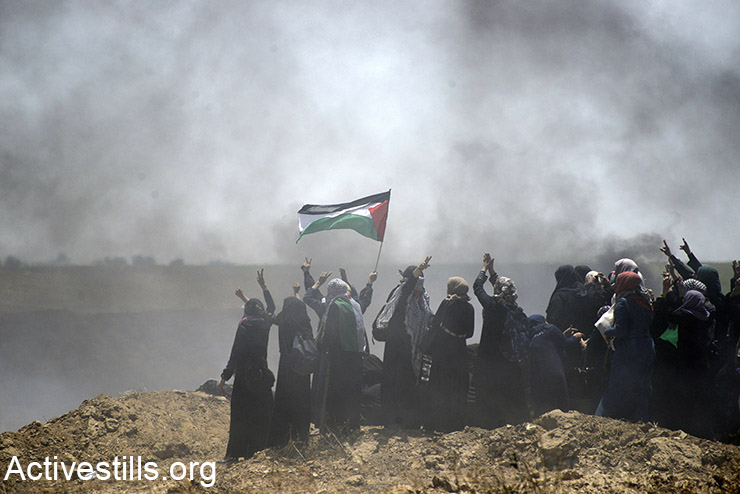
Over the past few days, I have spoken to a number of Israelis on both the right and the left who have some serious, fundamental questions about what is happening in Gaza. This article is meant to try and answer some of those questions.
What do you want us to do?
First of all, end the siege. The protests and killing in Gaza did not start yesterday, and they won’t end tomorrow. People there live in the world’s largest open-air prison, in a territory that the UN has said will soon become uninhabitable. Israel prevents Gazans from exporting goods to Palestinians in the West Bank and to Israel itself, or even to work in Israel — Gaza’s main source of income for decades — when Israel still directly controlled the Strip and prevented its economic development.
Gaza’s residents live with hardly any electricity, with almost no running water, with skyrocketing unemployment rates. Meanwhile, they are unable to reunite with their relatives in the West Bank or travel abroad to study. Israel systematically destroys farmers’ crops near the border (yes, just like the burning kites protesters send over the border, only on a much larger scale), prevents fishermen from traveling out to sea, instead killing them and confiscating their boats.
Israel also severely restricts the possibility of bringing building materials into the Gaza Strip, making it difficult to rehabilitate the Strip following the 2014 war, while preventing residents there from establishing 3G cellular and Internet infrastructure.
Yes, Egypt, the Palestinian Authority, and Hamas also share responsibility for the situation. But Israel effectively controls the region, and it can change the situation dramatically, if only it lifted the siege.
It can be done safely. The defense establishment offers tools to remove the blockade in such a way that will not allow weapons into the Gaza Strip. European countries are willing to invest money to develop a system that checks everything coming out of Gaza, in order to make sure that no explosives are brought into Israel. The crossings are still under Israeli control, with all that entails in terms of security. Giving people the opportunity to work, export goods, and travel abroad will only do good for both the Palestinians and Israel. As long as this does not happen, the desperate residents of Gaza will struggle and be prepared to die, at least to give their families hope for another future.
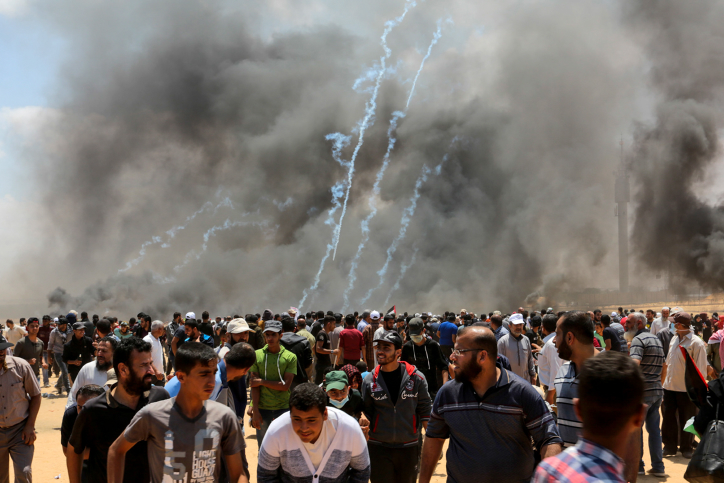
But why are they storming the fence? Why are they flying burning kites? Why do they place explosives?
Because what choice do they have? For years Palestinians have been trying to end the occupation and siege in different ways. There were years of terror attacks and rockets fired from Gaza at Israeli civilians (yes, targeting civilians on either side is illegitimate). This led to war and destruction, which is the same reason there were also long periods without rocket fire (not a single rocket has been fired at Israel for the past two months). But Israel insists on maintaining the blockade.
Again and again there have been proposals put forth by Hamas for a ceasefire, a hudna, a long-term agreement. And yet, Israel has refused them all, including one just last week. The Palestinian Authority in the West Bank chooses to cooperate with Israel on security matters, suppressing any form of resistance. Meanwhile, it sees no sign of an end to the occupation or the beginning of negotiations with the Netanyahu government.

And now Gazans have been holding mass, popular demonstrations, in which the vast majority of protesters were completely unarmed, and during which not a single Israeli was wounded. Yet Israel insists on viewing them as “terrorists,” justifying the killing of dozens of Palestinians the wounding of thousands of others. What other choice do they have?
The IDF warned that those who approach the fence will be killed. Therefore, they are responsible.
The notion that “I told you I was going to kill you, so it is your fault” does not relieve the shooter of guilt. The fact is that Palestinians in Gaza (and not only Hamas, since the protests are supported by all factions as well as non-affiliated citizens) have tried to protest the siege in all kinds of ways. Now tens of thousands have built tent encampments, organized picnics, put on shows, lectures, musical events, and nonviolent marches toward the fence. The vast majority of them put only themselves at risk. And even then we sentence them to death, turning popular protest movement into more dangerous than rocket fire.
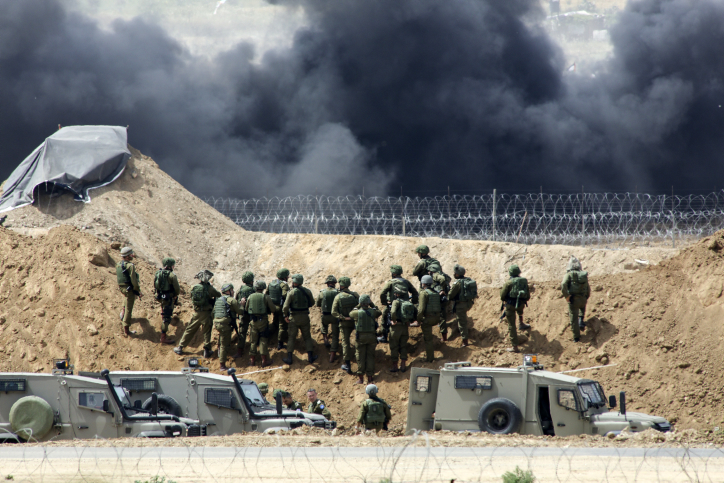
If we let them cross, they will slaughter Israelis.
Over the past month and a half, there have been a number of cases in which Palestinians have crossed the fence. Not a single Israeli was harmed. In some cases, the Palestinians crossed over, celebrated, and ran back into Gaza once the army approached. In other cases, those who crossed were apprehended by soldiers without anyone being hurt. There were also cases in which people were shot and killed. These are individuals, and past experience shows that their attempts can be stopped, and that even the police and the Israel Prison Service are prepared to offer support to the army in order to carry out mass arrests. Killing cannot be the first response to someone who has crossed the fence, especially if he or she is unarmed.
But we need to shoot them for deterrence to prevent thousands from crossing.
First of all, no form of deterrence will work as long as the siege is in place and people have no hope. Second, the fact is that many of those who were killed these past weeks were shot down at a distance from the fence. They were either unarmed, running away from the fence, or in wheelchairs. They were young people or journalists. The claim of deterrence does not apply to them. Even the army has avoided providing honest answers about the number killed.
The army has other tools in its arsenal. It is possible to arrest someone who does not pose a danger. As Sahar Vardi wrote, the army has been doing it for decades in protests in the West Bank, using sponge-tipped and rubber bullets, the “Skunk,” and other means. Arrests can also be carried out using drones, cameras, riot police, and soldiers. The problem in Gaza is government policy, a top-down order according to which anyone who approaches the fence is to be killed. This is not a matter of fate, it is policy, and policy can be changed.
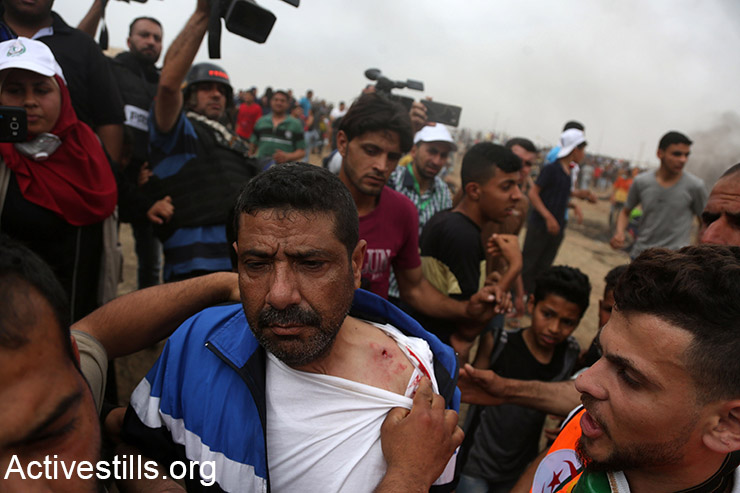
To reinforce this argument, I would like to use the following video, which Israel’s Foreign Ministry released as proof that the demonstrations in Gaza are dangerous. If you watch the video, it’s really scary. Arabs with machetes yelling about the murder of Jews. But let’s look past the immediate fear and see what is happening here:
1. This is a very small group of people, no more than 20. Not the thousands or the hundreds who we have been told to fear.
2. Most of them are unarmed.
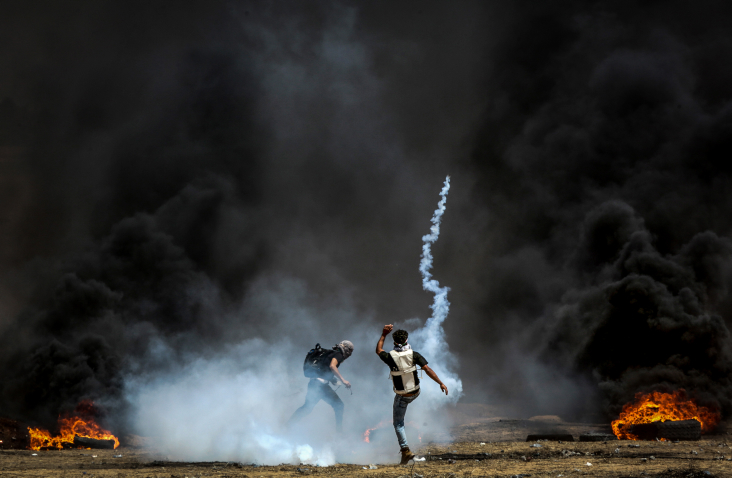
3. They do not really storm Israel. It is clear to them, apparently, that the army will soon appear, and that it is not a good idea to be around when that happens. So they celebrate and shout and curse.
4. Indeed, in a very short time, an army jeep arrives and they all flee back into Gaza.
In another scenario, one can imagine snipers stationed in the area shooting these people to death, before telling us they killed dangerous terrorists who crossed the fence. And we would buy it. But this video, which is intended to frighten us, shows how easy it is to solve the issue of infiltration without resorting to lethal fire.
But they are all members of Hamas!
On Wednesday, a top Hamas official said that 50 of those killed on Monday were members of the group. But even if this is true, discovering in retrospect that a large part of those killed were members of Hamas – a fact unknown to army at the time of the shootings – does not matter in the slightest when asking whether or not they should have been shot. If a Hamas member reached the border area while unarmed and did not pose a threat to anyone, then there is no reason to kill him.
We have a number of solutions for the situation in Gaza. Negotiations with Hamas, tolerance for nonviolent demonstrations, and non-lethal responses to protests. We have a choice, there is another way, and that’s what makes the killings so terrible.

